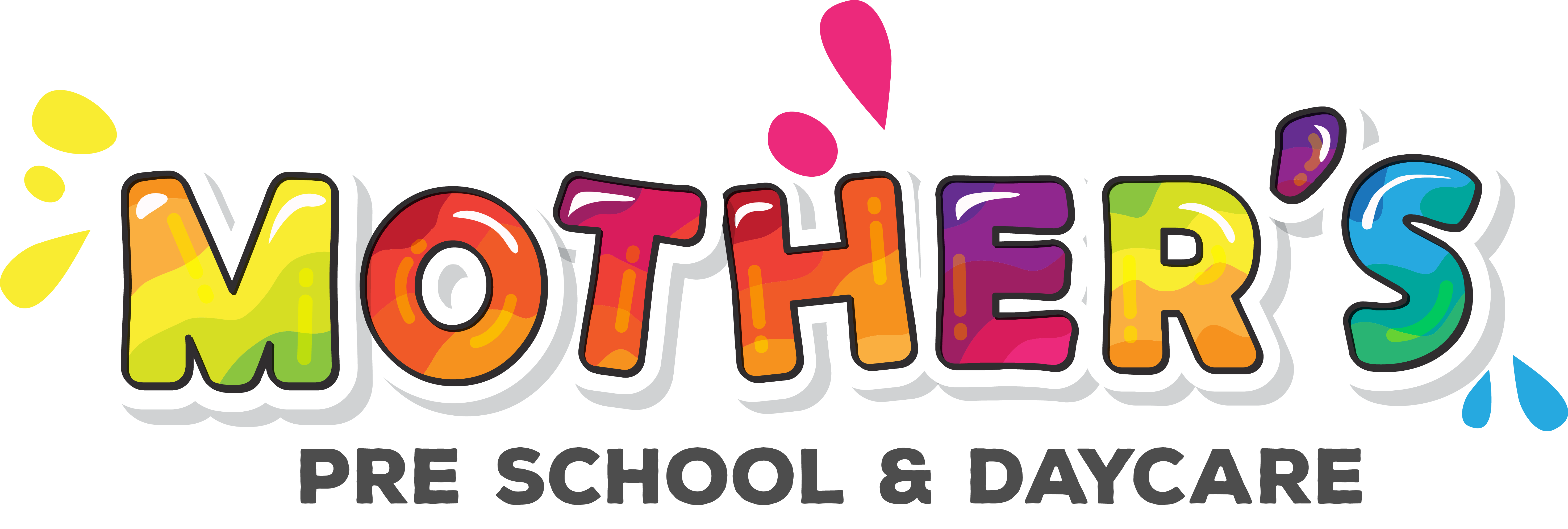Colors are extremely crucial to enhancing the learning ability of children. Without colors, how is it even possible to explain various things like flags, danger signs, flowers, traffic signals, etc.?
Therefore, the identification of colors is one of the primary learning skills that preschoolers are taught. Besides, identifying colors is somewhat every kid does at a very early age. For example, you can understand whether bananas are ripe or not through the color. If a banana is green in color, it is not ripe. A yellow banana indicates that it is ripe. However, a brown one means it is at the end of the ripening.
This example shows that when we understand the spectrum of color, it helps us interpret the meaning of things. Most importantly, colors help to influence the development of the brain and increase attention and productivity. Hence, learning colors is vital for children.
In this article, you will get to know how color influences the mind of children and enhance their learning ability. So, let us jump into the details.
How A Variety Of Colors Influence The Learning Of A Child?
Every color comes with a unique wavelength and leaves a different impact on the brain and body of children as well as adults. If you choose the appropriate color and color it in the right position, you can see how it visibly impacts the children while learning.
Colors can attract the attention of children, which allows the brain to recognize patterns and create new memories by absorbing the information. It helps children learn, compare, understand, differentiate and recall easily. More precisely, colors can affect the behavior, mood and education domains of children.
Colors and Their Effect on Learning
- Red
Red is a fierce and exciting color that can easily grab the attention and increase the alertness of the viewers. This color can enhance focus on a particular thing and stimulate creative minds. If used with a combination of other colors in the classroom, it can be ideal for detail-oriented tasks.
- Blue
Blue creates an atmosphere of utmost comfort and solace by stimulating feelings of calmness, peacefulness, security, serenity and loyalty. Blue also improves thinking ability and creativity due to a sense of a soothing atmosphere. However, do not overdo the blue while teaching children, as it may bring sadness.
- Yellow
Yellow gives clarity and optimism that further enhances focus and uplifts the mood to learn with keen interest. This color undoubtedly brings joy and hope to kids. Incorporating this color in the study space of the children can help to increase their critical thinking and intelligence.
- Green
Green is that soothing color that relates to nature. This color is a true representation of development, serenity, calmness, cleanliness, long-lasting and harmony. In addition, the color green plays an important role in reducing stress and healing children.
- Orange
Just like red, orange is also a bright color that helps to improve the alertness of children. Additionally, this color generates joy, enthusiasm, communication and warmth. This is why many preschools use this color to enhance retention skills and critical thinking ability.
- Pink
Pink is the color of warmth, nurture and imagination. So, if you want to broaden the imagination of your children, choose the color pink.
Different Ways Color Affects Children in Learning
- Choose Color to Increase Attention
Colors undoubtedly play a crucial role in increasing the visual perception, concentration and memory of children. With colors, you can establish a favorable response of your child towards learning. You can use colors to emphasize a specific task as it can increase their attention span for a required period.
However, never use multiple colors at once as it might over-stimulate the mind of your child rather than act as a motivating factor.
- Choose Colors Strategically
Although colors are a great way to improve the learning ability of children, it is important to choose colors effectively. For example, choosing bright colors over a natural background can avoid getting distracted.
- Use of Colors in Special Education
Colors can affect the mind of children with special needs. As colors around these children can influence their way of behaving, it is significant to set up a comfortable environment with soothing colors that do not over-stimulate their minds.




